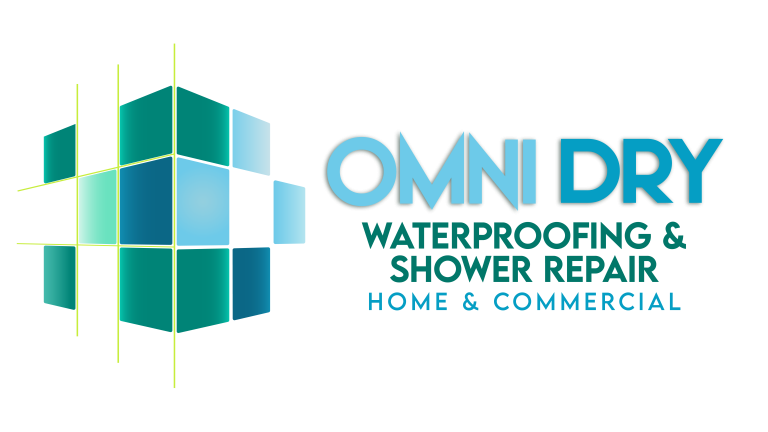Menu
Need Help? Call us!
0430 484 233
0430 484 233
Are you tired of the air gaps in walls, sealing, or in doors and windows? We are the best in Melbourne with our caulking services. We provide caulking services that make your life easy once and for all from these leakages and gaps. We provide several caulking services, including silicon, aluminum, and concrete caulking.
Seeing leaks everywhere around us is so common, we can see them everywhere. From bathrooms to washrooms to balconies, to kitchens, leakages are everywhere. The leakages are not good to eyes but is equality not good to the material under threat. It slowly erodes the material too. So it is very important to fill the gaps with suitable material to keep the material in good condition as well as its aesthetic.
We understand this and strive to fix the gaps in a way that is durable and does not compromise the aesthetic appeal of the material. To maintain quality, we never compromise on the quality of caulking or the caulking expert.
We provide caulking services that meet Australian caulking standards. The caulking services we offer include silicone caulking, concrete caulking, and aluminum caulking. Our expertise ranges from Kitchen caulking to Bathroom caulking to Shower caulking to Balconies and Basements. We can fix gaps between tiles, in cabinets, doors, and in windows. Our caulking services are of the highest quality.
Get in touch for any type of Caulking
We have listed here the most frequently asked questions about our caulking services to make it easier for our customers.
The exact estimated price can be defined after inspection, however, on average our Caulking charges range from 4-6 AUD per foot, with the inclusion of material and labor costs. Using this formula if we calculate caulking charges for medium size home it cost approximately 1200 AUD.
The caulk and Silicone are used for the same waterproofing and filling gap. Acrylic sealants and latex sealants are well-known caulks in Melbourne. The silicone sealants are made up of silicone rubber. Caulk is cheaper than Silicone. Silicone is more durable than caulk. Caulk in paintable, and Silicone is not paintable. Caulk's life span is less moisture or high-temperature areas.
We can use caulk anywhere in the building when there is a gap to fill the cracks of walls, wood, bricks, and floor, but most of the time in Melbourne, it is used to waterproof showers and balconies. The gaps between the tile of the shower and balcony are filled using caulk. It can also be used to fill gaps in the kitchen and any other home part.
The clear-cut answer is that caulk is not permanent but durable if properly applied by an expert and if it is maintained well. The life of caulk depends upon the quality of caulk used, how it is applied, and the weather conditions of a specific area.
There are different types of cloaks, and each has different durability. The lifespan of acrylic caulk in Melbourne is 8-10 years. Latex caulk has 15 years of durability. The most durable caulk is silicone caulk, which has a life span of 20 years.
